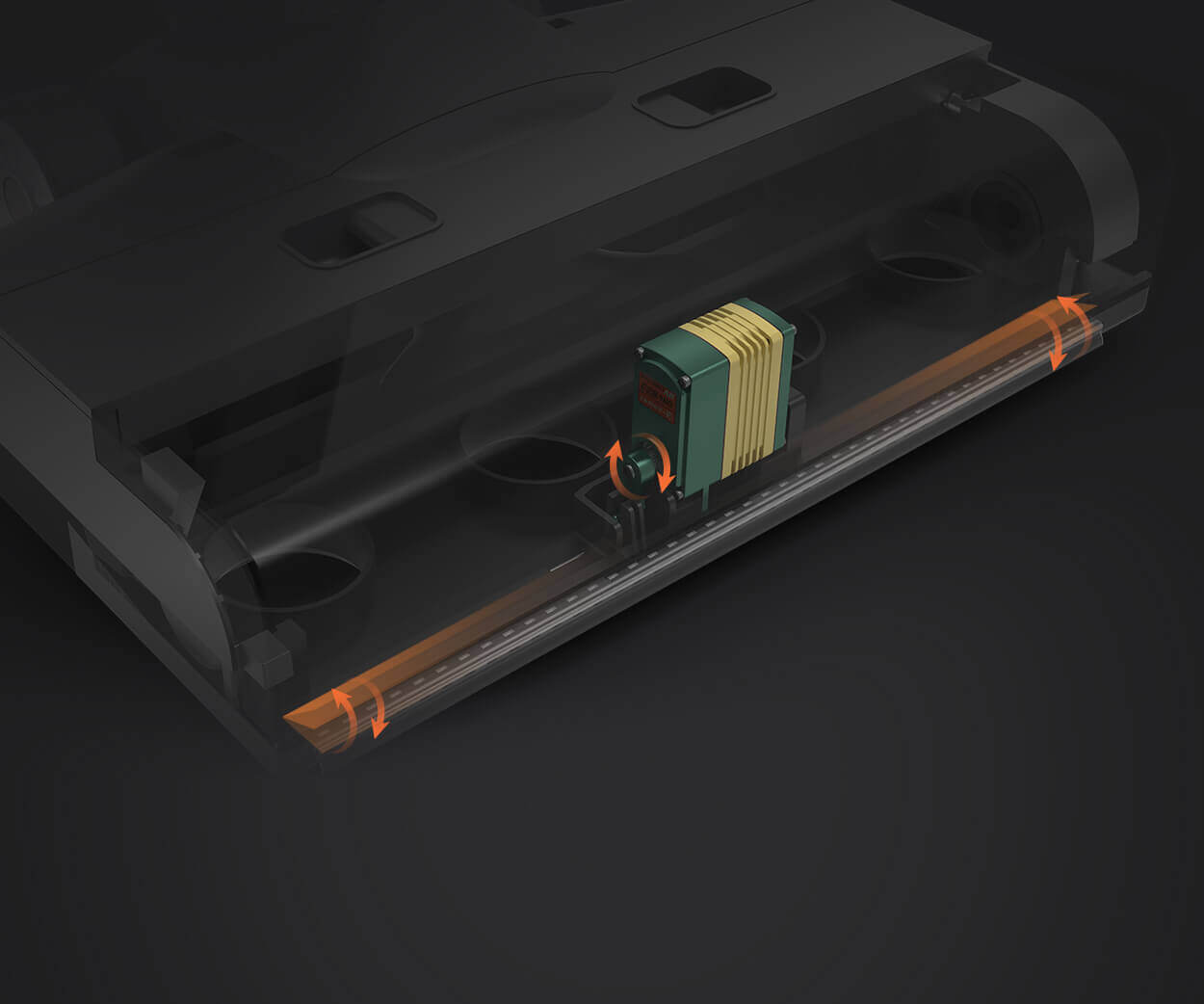Unlocking Precision: The Rise of Servo Motors in Modern Control Systems
In the fast-paced world of automation and robotics, the backbone of precision and efficiency often lies in the humble yet powerful servo motor. These specialized motors have transformed how machines move, adapt, and perform complex tasks with remarkable accuracy. At the heart of many industrial, robotic, and aerospace systems, AC and DC servo motors are the champions of control and responsiveness.

Understanding Servo Motors: What Sets Them Apart
Unlike regular motors that run continuously at variable speeds, servo motors operate within a closed-loop control system. They are equipped with a built-in encoder or resolver to measure position, speed, and torque, allowing for real-time adjustments that ensure precise motion control. This capability makes them indispensable wherever pinpoint accuracy is paramount—think robotic arms assembling microchips, CNC machines carving intricate patterns, or even camera autofocus mechanisms.
AC Servo Motors: Power and Precision
AC servo motors are typically characterized by their robust construction and high-performance capabilities. They operate on alternating current, which provides several advantages:
Efficiency & Reliability: AC motors tend to require less maintenance and exhibit longer life cycles, thanks to fewer brushes and commutators. High Power Density: They can handle substantial loads, making them suitable for large-scale industrial applications. Smooth and Quiet Operation: Thanks to their design, AC servo motors deliver seamless motion with minimal noise—ideal for environments demanding quiet precision.
AC servo systems usually incorporate a variable frequency drive (VFD) or inverter to control motor speed and torque dynamically. This approach offers regional advantages, allowing rapid acceleration, deceleration, and finely tuned positioning—traits vital in tasks like conveyor systems, robotics, and aerospace actuators.
DC Servo Motors: The Legacy of Precise Control
DC servo motors—comprising brushed and brushless variants—have a storied history in control applications. They operate on direct current, with the control handled primarily through variable voltage and current inputs.
Brushed DC Motors: These are simpler and more affordable, featuring brushes that commutate the motor internally. They are easy to control but tend to require more maintenance due to brush wear. Brushless DC (BLDC) Motors: Advancing the genre, BLDC motors replace brushes with electronic commutation, enhancing reliability and efficiency. They often offer higher speed ranges and better performance in demanding environments.
DC servo systems are admired for their excellent torque control and rapid response, especially in applications requiring frequent and precise adjustments. They are widely used in robotics, medical devices, and aerospace where control finesse and swift reactiveness matter more than sheer power.
Choosing Between AC and DC: Factors Influencing the Decision
The choice isn’t always clear-cut; it depends on system requirements, operational environment, and cost considerations:
Power & Size: AC servo motors are preferred for larger, high-power applications; DC motors excel in smaller, precision-demanding contexts. Maintenance & Durability: AC motors typically demand less upkeep, fitting well in harsh industrial settings. Control Complexity: DC motors, especially BLDCs, can be easier to implement with modern electronic controls, enabling faster prototyping and innovation. Cost: Initially, DC systems might be less expensive, but total lifecycle costs and maintenance favor AC motors in many industrial applications.
The Integration of Servo Motors in Control Systems
Servo motors operate within a broader control system architecture. From simple open-loop setups to sophisticated closed-loop systems, they gather real-time feedback and adjust their performance accordingly. Microcontrollers, PLCs (Programmable Logic Controllers), and advanced motion controllers coordinate to perform tasks such as position control, velocity control, and torque regulation seamlessly.
Modern control system design leverages intelligent algorithms—like PID (Proportional-Integral-Derivative) control, fuzzy logic, or adaptive control—to optimize servo motor performance. These algorithms process feedback signals and generate control commands, ensuring smooth, accurate, and responsive operations—traits essential for modern manufacturing and technological innovation.
The Power of Presentation: Crafting a PPT on AC and DC Servo Motors
When creating a presentation on these topics, it's vital to strike a balance between technical details and engaging visuals. Diagrams illustrating the motor construction, block diagrams of control systems, and real-world application images enhance understanding. Animations demonstrating motion control, and charts comparing performance metrics, make the content more accessible.
In closing this first part, it’s clear that AC and DC servo motors are more than just components—they are dynamic systems that empower the precision demands of today’s technology landscape. The next section will explore their specific applications across various industries, advances in control algorithms, and future trends shaping the evolution of servo motors.
Established in 2005, Kpower has been dedicated to a professional compact motion unit manufacturer, headquartered in Dongguan, Guangdong Province, China.




































